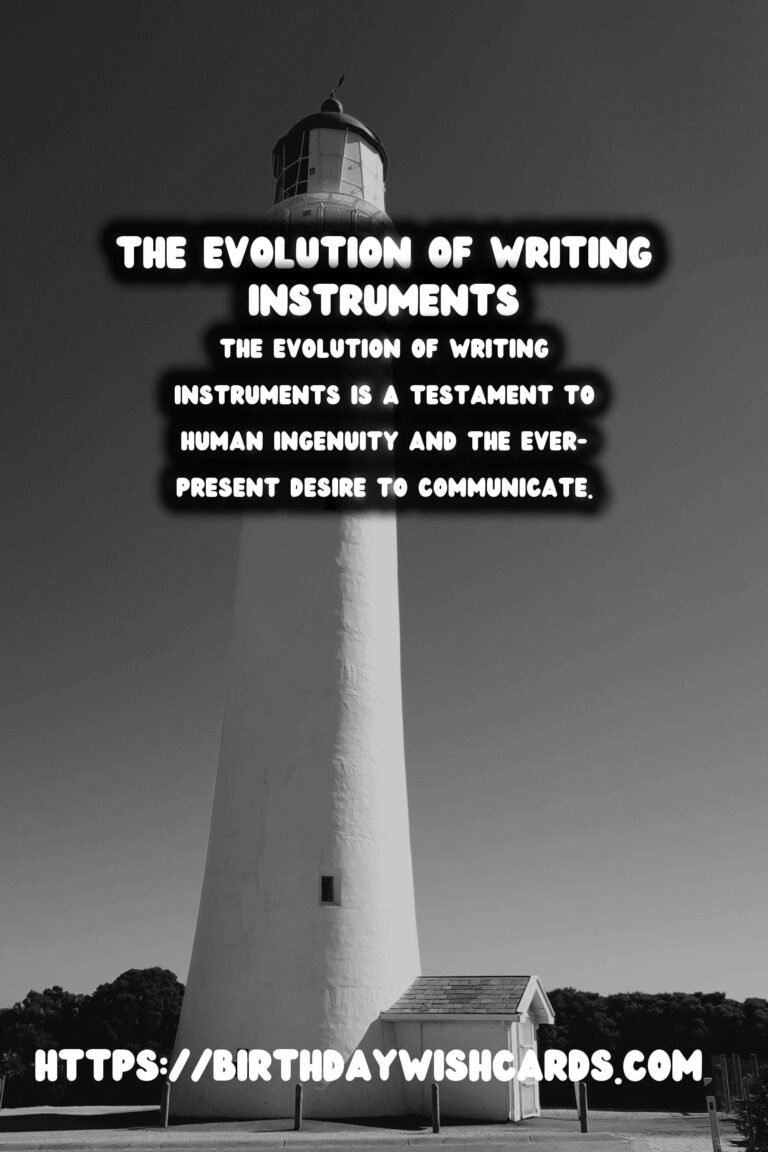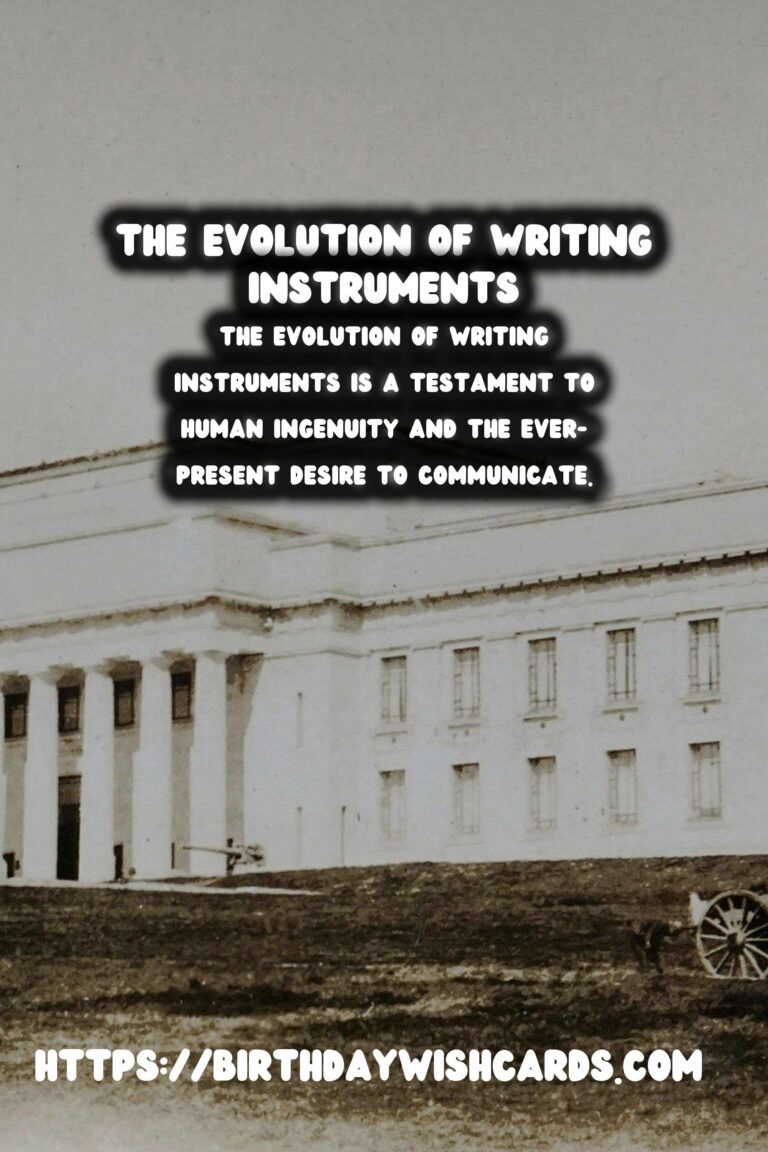
Writing is one of the fundamental ways humans share information, ideas, and culture. Over the millennia, the tools we use have evolved dramatically. This post explores the fascinating timeline from the ancient quill to the modern pen.
The Age of the Quill
Long before the advent of modern pens, people were writing with quills. Originating in the 6th century, the quill was made from the feather of a large bird, most commonly a goose. Its flexibility and fine point made it ideal for writing on paper and workpiece leather, enabling the detailed script seen in medieval manuscripts.
The Transition to Metal Nibs
In the early 19th century, the industrial revolution paved the way for a new era in writing instruments: the metal nib. This transition marked a significant improvement in durability and usability over the delicate quill. Metal nib pens quickly became the favored choice in Europe by the mid-1800s.
Fountain Pens: A Revolutionary Leap
By the late 19th century, the invention of the fountain pen was a game-changer. Unlike previous tools, the fountain pen contained its own ink reservoir, which eliminated the need for constant dipping into an inkwell. This innovation was spearheaded by inventors like Lewis Waterman, who patented a capillary action feed pen in 1884, leading to widespread adoption.
The Ballpoint Era
In the 20th century, a new writing instrument reigned supreme: the ballpoint pen. Developed by Laszlo Biro, a Hungarian journalist, this pen utilized a small rotating ball to distribute ink, allowing for smoother, more practical writing. Today, ballpoint pens are the most commonly used writing tool across the globe.
Modern Innovations
In recent years, the world of writing instruments has continued to evolve. Gel pens, rollerball pens, and stylus pens reflect ongoing innovations aimed at enhancing writing experience and convenience. Each of these tools offers unique benefits, catering to diverse writing preferences and styles.
The Digital Frontier
As we move further into the digital age, the definition of ‘writing instrument’ continues to expand. From electronic styluses that pair with tablets to advanced software that digitizes handwritten notes, technology is rapidly redefining how we think about writing tools.
Conclusion
The evolution of writing instruments is a testament to human ingenuity and the ever-present desire to communicate. From quills to modern pens, each advancement reflects technological progress and a deeper understanding of human needs.
Writing is one of the fundamental ways humans share information, ideas, and culture. The evolution of writing instruments is a testament to human ingenuity and the ever-present desire to communicate. 









#writinghistory #evolutionofpens




